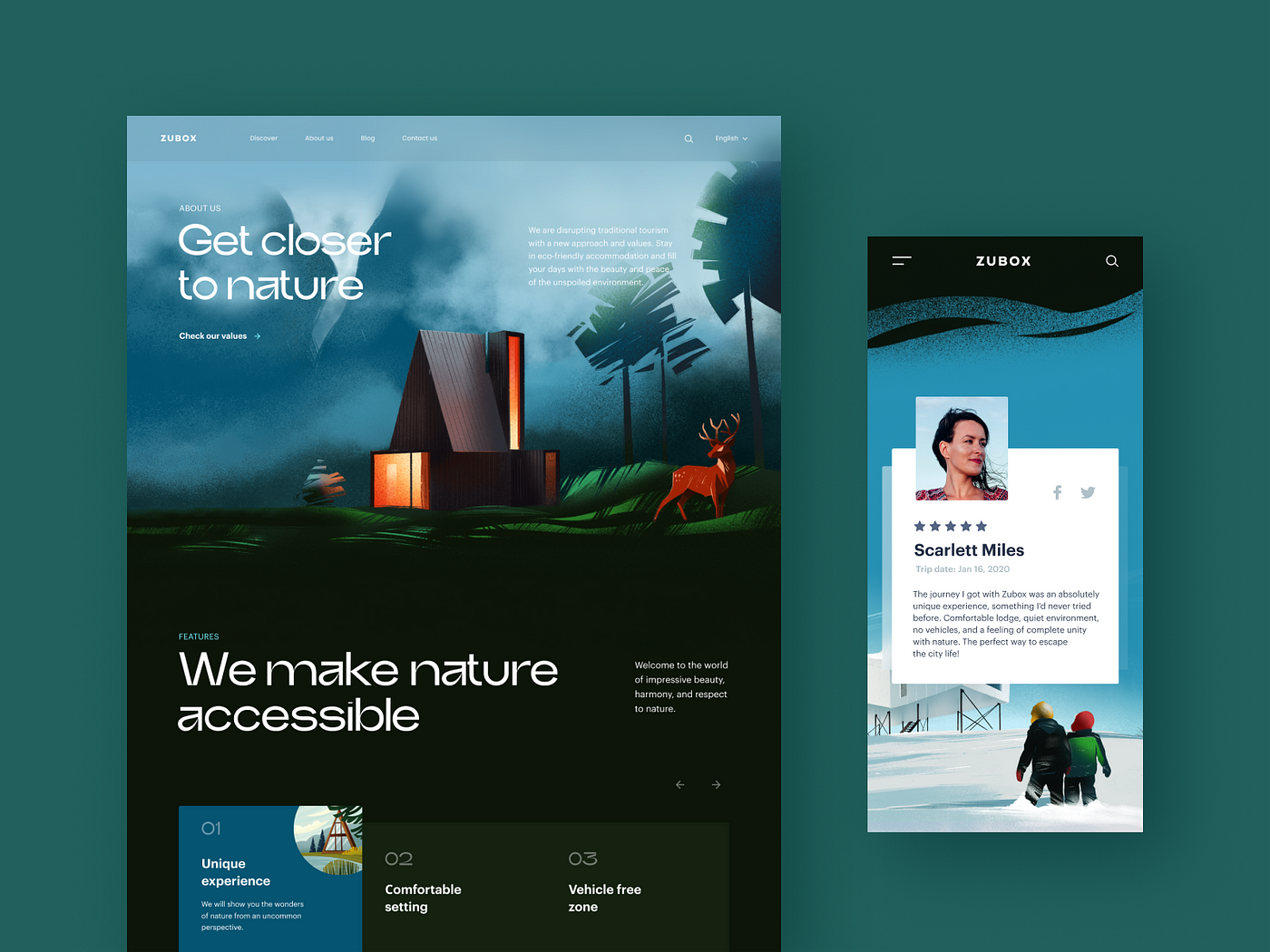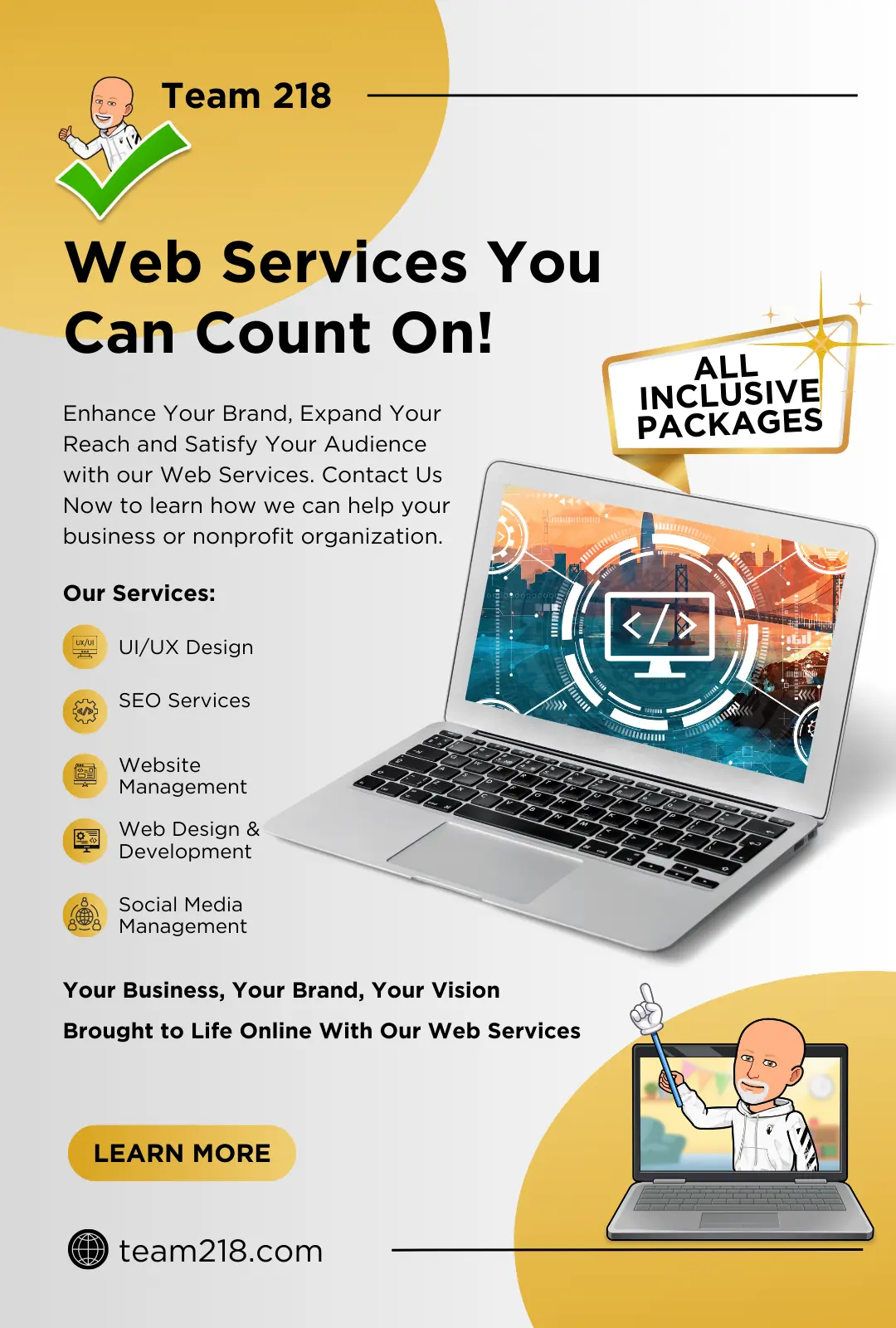A Detailed Summary of the most effective Practices in Website Design for Developing Intuitive and Accessible Online Systems
The performance of an online system hinges dramatically on its layout, which should not only attract customers however additionally assist them seamlessly with their experience. Comprehending these principles is critical for developers and designers alike, as they straight influence individual complete satisfaction and retention.
Understanding Customer Experience
Comprehending customer experience (UX) is essential in website design, as it directly affects how site visitors interact with an internet site. A well-designed UX makes sure that customers can navigate a website without effort, access the info they look for, and full desired activities, such as authorizing or making an acquisition up for a newsletter.
Secret components of reliable UX design include functionality, ease of access, and appearances. Functionality concentrates on the convenience with which users can achieve jobs on the website. This can be accomplished via clear navigation structures, logical web content organization, and responsive comments devices. Availability guarantees that all users, consisting of those with specials needs, can connect with the website successfully. This involves adhering to developed standards, such as the Web Material Availability Standards (WCAG)
Aesthetic appeals play a crucial duty in UX, as aesthetically appealing styles can boost individual fulfillment and involvement. Color pattern, typography, and images ought to be thoughtfully selected to develop a natural brand name identification while also helping with readability and comprehension.
Inevitably, focusing on individual experience in website design cultivates better individual fulfillment, encourages repeat visits, and can considerably boost conversion prices, making it a fundamental aspect of effective electronic techniques. (web design)
Importance of Responsive Style
Receptive style is a critical element of modern internet growth, making sure that websites supply an ideal viewing experience throughout a large range of gadgets, from desktop computers to smartphones. As customer actions increasingly moves in the direction of mobile browsing, the requirement for internet sites to adapt flawlessly to various screen sizes has actually come to be paramount. This flexibility not only improves functionality yet additionally substantially influences customer interaction and retention.
A responsive layout uses liquid grids, versatile pictures, and media inquiries, enabling a natural experience that keeps functionality and aesthetic stability despite device. This technique eliminates the requirement for individuals to zoom in or scroll flat, leading to a more intuitive interaction with the material.
Moreover, search engines, notably Google, prioritize mobile-friendly sites in their rankings, making receptive style essential for maintaining visibility and ease of access. By adopting responsive style concepts, companies can reach a broader target market and improve conversion prices, as users are more probable to engage with a site that offers a regular and smooth experience. Ultimately, receptive style is not just a visual selection; it is a calculated requirement that reflects a commitment to user-centered layout in today's electronic landscape.
Simplifying Navigation Structures
A well-structured navigating system is crucial for enhancing the customer experience on any web site. Simplifying navigating structures not only help individuals in finding details promptly but additionally promotes interaction and decreases bounce prices. To accomplish this, internet designers need to prioritize quality through using straightforward labels and classifications that show the web content accurately.

Including a search function even more enhances use, enabling users to situate content straight. Furthermore, executing breadcrumb trails can give individuals with context about their area within the website, promoting convenience of navigation.
Mobile optimization is another critical aspect; navigation needs to be touch-friendly, with plainly specified links and buttons to suit smaller displays. By decreasing the number of clicks required to access web content and ensuring that navigating is consistent across all web pages, designers can develop a seamless user experience that encourages expedition and decreases disappointment.
Prioritizing Access Criteria
About 15% of the international population experiences some type of handicap, making it vital for internet designers to prioritize access standards in their projects. Access encompasses different facets, including aesthetic, acoustic, cognitive, and electric motor impairments. By sticking to established standards, such as the Internet Web Content Access Guidelines (WCAG), developers can develop inclusive digital experiences that accommodate all customers.
One fundamental method is to make sure that all content is perceivable. This consists of providing alternative text for pictures and making sure that video clips have inscriptions or transcripts. Moreover, keyboard navigability is crucial, as lots of customers rely upon key-board faster ways as opposed to computer mouse communications.
 In addition, shade comparison must be meticulously considered to fit individuals with visual problems, guaranteeing that text is clear against its history. When creating kinds, tags and error messages must be descriptive and clear to assist customers in finishing tasks successfully.
In addition, shade comparison must be meticulously considered to fit individuals with visual problems, guaranteeing that text is clear against its history. When creating kinds, tags and error messages must be descriptive and clear to assist customers in finishing tasks successfully.Finally, conducting usability screening with individuals that have handicaps can supply important understandings - web design. By prioritizing access, internet developers not just adhere to legal criteria yet additionally increase their audience reach, fostering a much more inclusive online atmosphere. This commitment to accessibility is important for a really accessible and easy to use web experience
Making Use Of Visual Pecking Order
Clearness in design is extremely important, and using visual power structure plays a vital role in attaining Home Page it. Aesthetic power structure refers to the setup and presentation of components in such a way that plainly shows their significance and guides user attention. By tactically employing dimension, spacing, color, and comparison, developers can develop a natural flow that routes individuals via the material seamlessly.
Utilizing bigger fonts for headings and smaller sized ones for body text develops a clear difference in between areas. Furthermore, using different histories or vibrant colors can draw interest to critical information, such as call-to-action switches. White area is similarly crucial; it aids to avoid mess and permits customers to concentrate on the most crucial components, boosting readability and total user experience.
One more secret element of visual power structure is the use of imagery. Appropriate pictures can improve understanding and retention of info while additionally separating message to make web content a lot more digestible. Ultimately, a more helpful hints well-executed visual power structure not only improves navigating yet additionally fosters an intuitive interaction with the website, making it a lot more most likely for individuals to accomplish their objectives efficiently.
Conclusion
/blogmerge/6e2a071d-ef63-4d53-ce9d-9719736faa90.jpeg)
In addition, the reliable usage of visual power structure improves customer interaction and readability. By focusing on these components, web designers can significantly boost individual experience, making sure that online platforms fulfill the varied needs of all customers while promoting effective communication and complete satisfaction.
The performance of an online system hinges significantly on its design, which have visite site to not only draw in individuals however also assist them effortlessly with their experience. By embracing receptive style concepts, services can reach a more comprehensive audience and improve conversion prices, as users are a lot more likely to engage with a website that provides a consistent and smooth experience. By adhering to established standards, such as the Web Content Access Guidelines (WCAG), designers can produce inclusive electronic experiences that cater to all customers.
White room is equally vital; it assists to avoid mess and enables users to focus on the most crucial components, boosting readability and general user experience.
By focusing on these elements, web designers can substantially enhance individual experience, making certain that on the internet systems fulfill the varied requirements of all users while promoting effective communication and satisfaction.